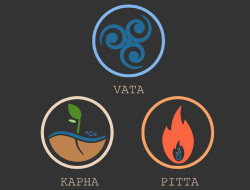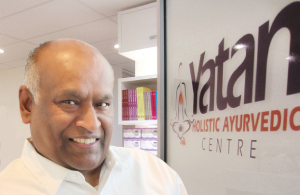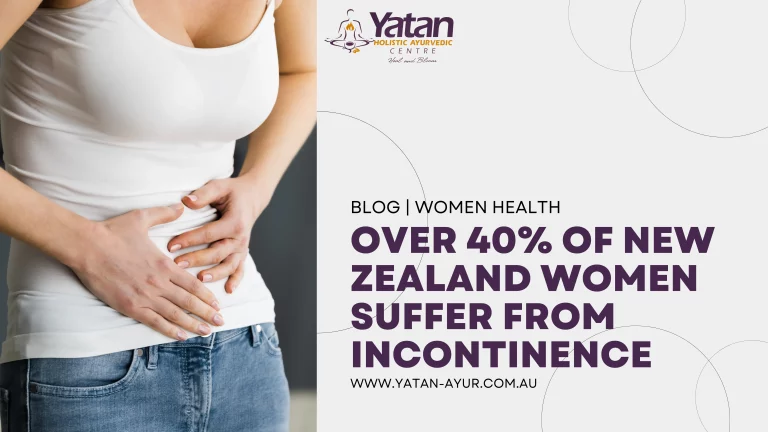One Thing At A Time Please – Treating Multiple Sicknesses
In an earlier blog we spoke about the dramatic increase in chronic illness which can be seen as one of the most negative aspects of modern living, but the story does not end there. An increasing number of people suffer multiple chronic conditions simultaneously. The modern term for this phenomenon is ‘multimorbidity’ and it is particularly common in older people; three quarters of over-65s are estimated to be affected in this way, and many people have so many health problems that it is difficult to keep track. Mainstream medicine operates by focusing on single conditions and when each separate problem is treated with a different drug there is a serious danger that one drug may react unfavourably with another, or even render another ineffectual. Further drugs are then often prescribed to offset these interactions.
A new centre was set up early this year in Zurich University to study the issue of multimorbidity. Its founders state that ‘the current fragmented healthcare system does not meet the complex needs of multimorbid patients’ and that ‘integrated healthcare models with well-balanced treatment plans tailored toward the needs of the individual person are required’. They also admit that ‘little scientific knowledge is available for appropriate diagnostic reasoning, care and treatment for these patients’.
There could scarcely be a better case made for the Ayurvedic approach to treatment. A very good example is that of a lady patient who recently came for assessment, suffering from a variety of health problems, including high blood pressure, a weak heart, inflamed legs, poor digestion and constipation, acid reflux, insomnia, fatigue and weight issues. She had been taking a cocktail of drugs for her ailments but was anxious to try a different approach. Such cases obviously present a challenge but the invariable rule is to prioritise as some issues are more serious than others, and progress in certain areas, such as weight, will take more time. In this instance the first target was elimination through a detoxification program, with attention being given primarily to the colon. This has the effect of reducing the overall toxic load, without which nothing worthwhile can be achieved. Treating inflammation was the next concern, as if this continued it would endanger the heart and liver. Lymph cleansing followed, as well as treatment of the digestive system, with reduction of the mucosal clogging that makes it impossible for nutrients to reach their destination. Within three weeks her elimination had improved, as had her digestion, and she felt much lighter. Her leg inflammation had also subsided and her blood pressure was greatly improved. She was also experiencing enhanced energy levels and with this came greater mobility and motivation.
This is an example of a ‘well balanced treatment plan tailored towards the needs of the individual’ following well established Ayurvedic principles. In such a program the patient is able to work in partnership with the practitioner, with due consideration for the patient’s own wishes. Steady, step-by-step progress then becomes a reality.

*Discover holistic healing with a complimentary phone or video consultation from our expert Ayurvedic practitioner. Start your path to better health today!*























